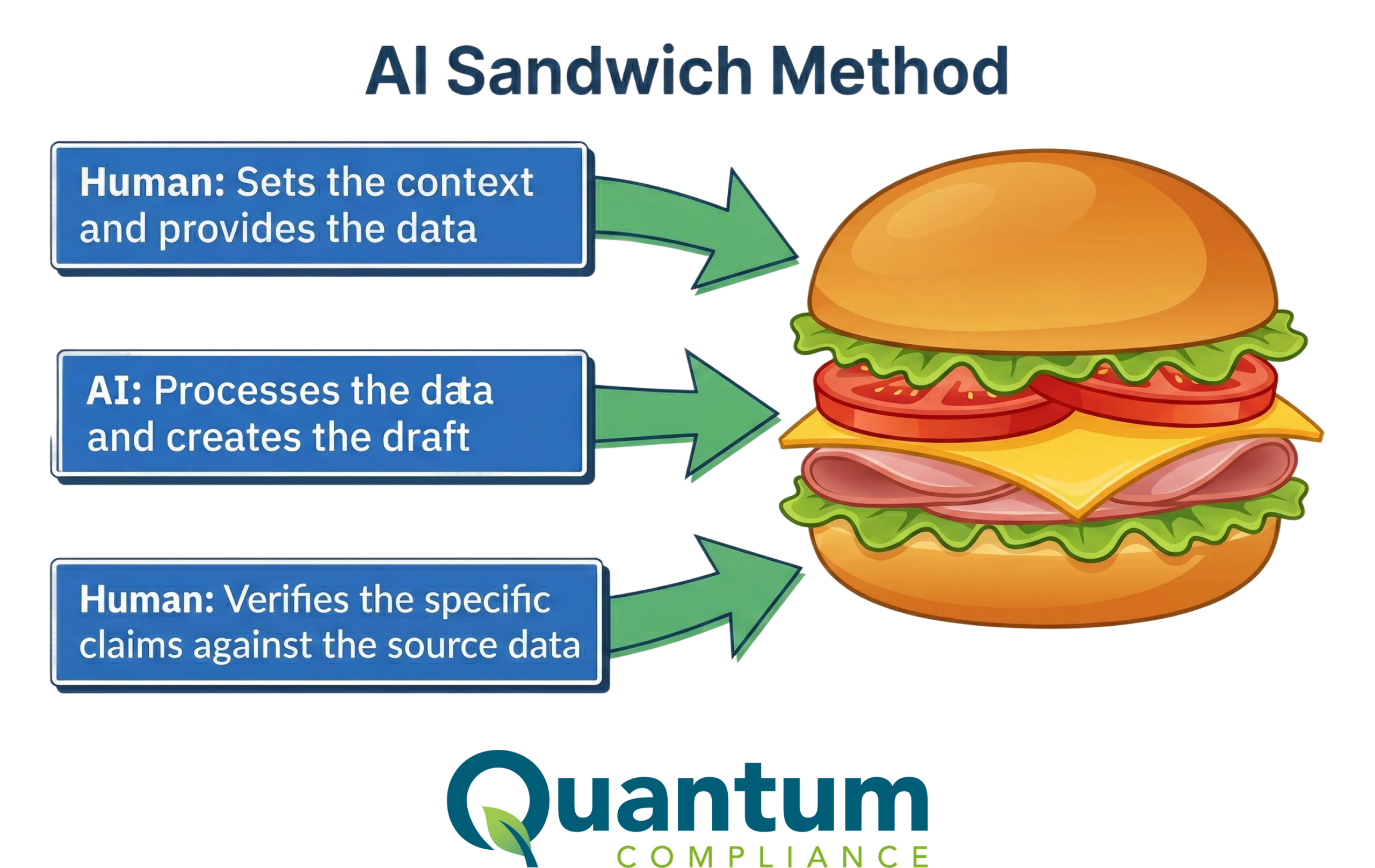In the landscape of industrial safety, the importance of clear and effective labeling of hazardous chemicals cannot be overstated. The Globally Harmonized System of Classification and Labeling of Chemicals (GHS) provides a universal standard aimed at ensuring that the hazards of chemicals are comprehensively and easily understood by workers worldwide. This system plays a critical role in reducing risks in the workplace by enhancing communication on chemical hazards through standardized labels and safety data sheets. Here’s how effective GHS labeling can transform safety protocols and minimize risks in industrial and chemical handling environments.
Standardization of Hazard Communication
GHS labeling provides a standardized approach to hazard communication, which is crucial in a global economy where chemicals may be produced, used, and disposed of in different countries. This standardization ensures that no matter where a chemical is handled, workers have access to the same safety information in a format that is easily recognizable. This consistency is key to preventing accidents and ensuring safe handling and storage of hazardous chemicals.
Key Components of GHS Labels
Effective GHS labels include several critical elements that convey information about the chemical’s hazards:
- Pictograms: These are symbols representing the type of hazard a chemical poses, such as flammability, toxicity, or environmental harm. These symbols are instantly recognizable and transcend language barriers, making them a fundamental aspect of the labeling system.
- Signal Words: Words like “Danger” or “Warning” are used to indicate the severity of the hazard and help draw attention to the risk.
- Hazard Statements: These statements describe the nature of the hazard in clear and simple terms, such as “Causes severe skin burns and eye damage.”
- Precautionary Statements: These include recommended measures to minimize or prevent adverse effects resulting from exposure to or incorrect handling of the chemical.
Enhancing Safety Through Visibility and Compliance
Effective GHS labeling enhances safety by making hazard information immediately visible and understandable. Labels are designed to be clear and legible, with sufficient contrast between text and background to ensure they are easily readable even from a distance. This visibility is crucial in emergency situations where quick and decisive action may be necessary.
Compliance with GHS labeling not only promotes safety but also helps organizations avoid legal liabilities and penalties associated with non-compliance. It is essential for employers to ensure that all containers of hazardous chemicals in the workplace are labeled according to GHS standards and that employees are trained on how to read and understand these labels.
Role of Training in Enhancing Label Effectiveness
Effective GHS labeling must be complemented by comprehensive training programs that educate employees on how to interpret and react to the information provided by the labels. Training should cover the meanings of pictograms, the significance of signal words, and the appropriate responses to hazard and precautionary statements. This education is crucial for empowering employees to take the right actions in the face of potential chemical hazards.
Conclusion
Effective GHS labeling is a cornerstone of modern chemical safety protocols, playing a vital role in reducing workplace risks associated with hazardous chemicals. By standardizing hazard communication, GHS labeling ensures that safety information is clear, accessible, and universal, thereby protecting workers and promoting safer industrial environments. As industries continue to evolve and new chemical risks emerge, the role of effective GHS labeling in risk reduction will remain a critical element in workplace safety strategies.








